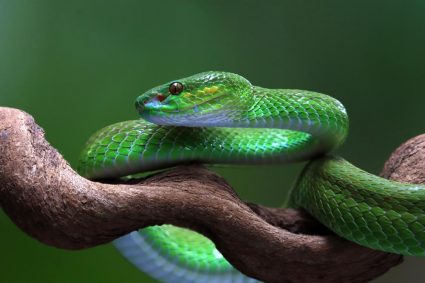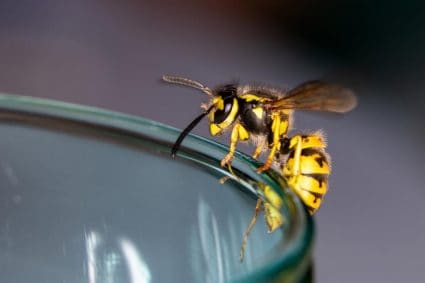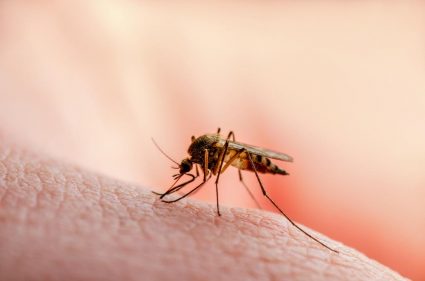
Coyotes, known as the “song dogs” of North America, are intriguing creatures with a unique appearance and a variety of adaptive behaviors. But what does a wild coyote look like? How does it differ from similar animals like dogs or wolves? Let’s dive into the world of coyotes and learn more about these fascinating creatures.
A wild coyote is a medium-sized member of the canid family with a grayish-brown to yellowish-brown fur on top and whitish underparts. It stands about 60 cm (24 inches) at the shoulder and weighs about 9–23 kg (20–50 pounds). Coyotes have large, wide, pointed, and erect ears, a narrow and tapering muzzle, and yellow, slightly slanting eyes with black, round pupils. They are smaller and more slender than wolves and dogs, with distinctive facial features and golden eyes.
Physical Characteristics
Coyotes are medium-sized members of the canid family, standing about 60 cm (24 inches) at the shoulder and weighing about 9–23 kg (20–50 pounds). They are about 1–1.3 meters (3.3–4.3 feet) long, including their 30–40 cm tail.
Their fur is typically grayish-brown to yellowish-brown on top and whitish on their underparts. It’s long and coarse, generally grizzled buff above and whitish below, reddish on the legs, and bushy on the black-tipped tail. Coyotes have large, wide, pointed, and erect ears, taller and more pointed than those of wolves. Their muzzle is tapering and narrow, forming an almost continuous line with the forehead, unlike most dogs. They have yellow, slightly slanting eyes with black, round pupils, giving them a characteristic expression of cunning.
Coyotes Compared to Wolves and Dogs
Coyotes are smaller and more slender than wolves and dogs, with distinctive facial features and golden eyes. Wolves are larger and have broader faces, while dogs have a wide range of physical traits due to their domestication and various breeds.
Unique Behaviors and Habits
Coyotes have a range of behaviors and habits that can help identify them. They are opportunistic eaters, consuming whatever food they can find. They typically hunt alone or in pairs, covering up to ten miles daily in pursuit of their prey. They emit a range of sounds, including howls, barks, and whines, and mark their territory by urinating throughout the area and leaving scat to warn off other animals. They are generally nocturnal and are seldom seen during the day.
Size and Weight Range
On average, male coyotes weigh between 8 to 20 kg (18 to 44 lb), while females typically weigh between 7 to 18 kg (15 to 40 lb). The total length of a coyote, including its tail, ranges from 1.0 to 1.35 m (3 ft 3 in to 4 ft 5 in), with females being shorter in both body length and height.
Coat Color and Pattern
Coyotes have multiple colors, including gray, brown, tan, red, blonde, white, black, and salt and pepper. Their fur color can be predominantly light gray and red or fulvous interspersed with black and white, although it varies with geography. Coyotes living at high elevations tend to have more black and gray shades than their desert-dwelling counterparts, which are more fulvous or whitish-gray.
Habitats
Coyotes are most commonly found in a variety of habitats across North and Central America. They typically prefer open areas such as prairies and deserts but are highly adaptable and can be found in forests, grasslands, mountains, and swamps.
Adaptation to Seasons and Environments
Coyotes are highly adaptable animals that can adjust their physical features and behaviors according to different seasons and environments. They have a thick fur coat that helps keep them warm during winter. Their diet and hunting strategies adjust based on the available food sources. They can survive in various habitats, including deserts, grasslands, forests, and urban areas.
Juvenile Coyotes
Juvenile coyotes have some unique traits compared to adult coyotes. They are born blind, limp-eared, and with a pug-nosed appearance. After about 10 days, their eyes open, and their ears begin to erect.
Common Sounds
Coyotes are known for their wide range of vocalizations, which they use to communicate with each other. These sounds include howls, yips, barks, growls, whines, yelps, woo-oo-wows, screams, laughter, and huffs.
In conclusion, wild coyotes are unique and fascinating creatures. Understanding their appearance, behaviors, and adaptations can help us appreciate them more and coexist peacefully in shared environments.
Frequently Asked Questions
What do coyotes eat?
Coyotes are omnivores, meaning they eat both meat and plant material. Their diet is quite varied and includes rodents, rabbits, birds, reptiles, insects, and even fruits and vegetables when available.
Are coyotes dangerous to humans?
While coyotes are generally not a danger to humans, they have been known to attack if they feel threatened or if they are sick. It’s always best to keep a safe distance and never feed or attempt to tame a coyote.
How long do coyotes live?
In the wild, coyotes typically live between 6 to 8 years, but they can live up to 14 years in some cases. In captivity, they can live up to 20 years.
Do coyotes travel in packs?
While coyotes are often seen alone, they do form family groups or packs. These packs are usually composed of a breeding pair and their offspring.
How fast can a coyote run?
Coyotes are quite fast and can reach speeds up to 43 miles per hour when chasing prey.
How do coyotes communicate?
Coyotes communicate using a variety of vocalizations like howls, yips, barks, growls, and whines. They also use body language and scent marking to communicate with each other.
Can coyotes swim?
Yes, coyotes are capable swimmers, although they don’t typically choose to swim unless necessary. They can swim to cross streams or rivers when hunting or escaping from predators.











